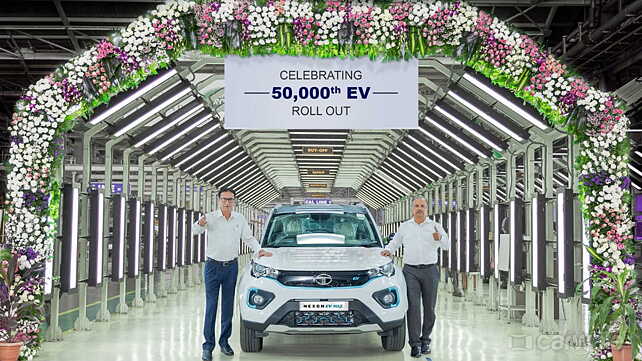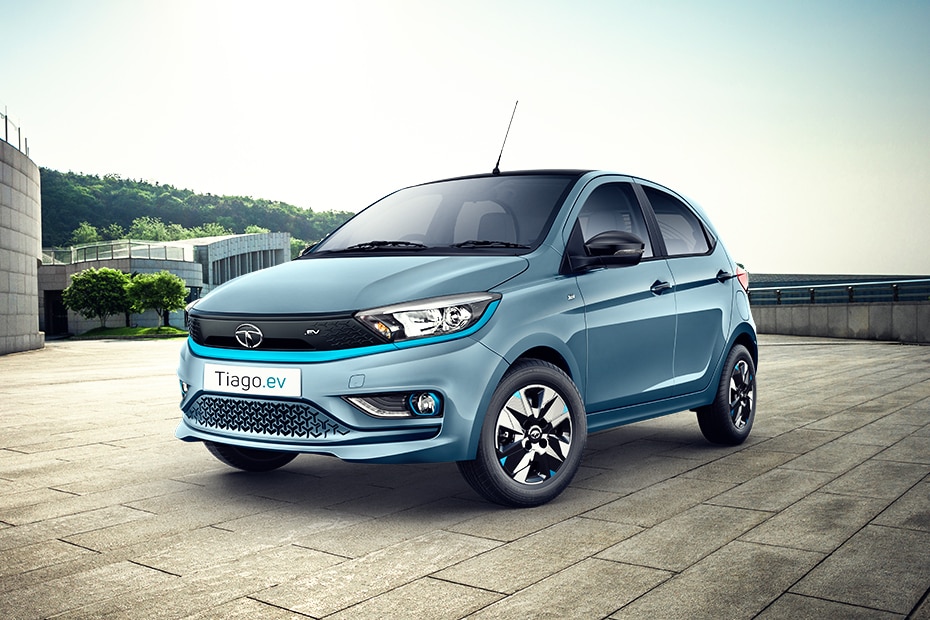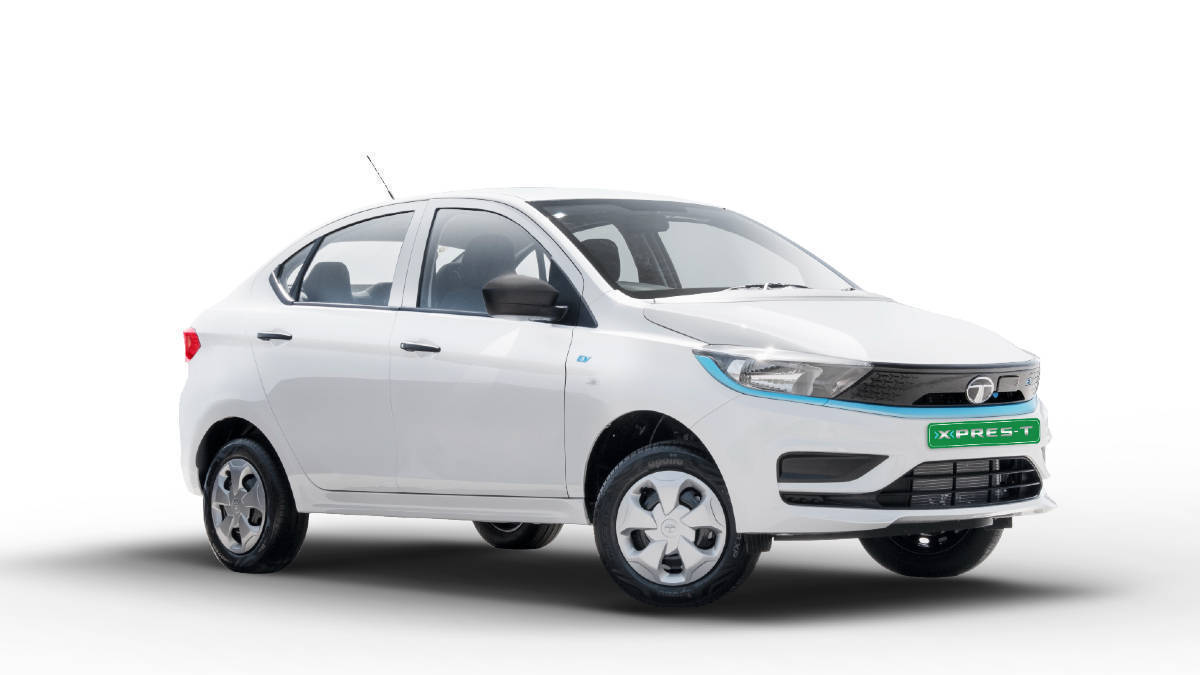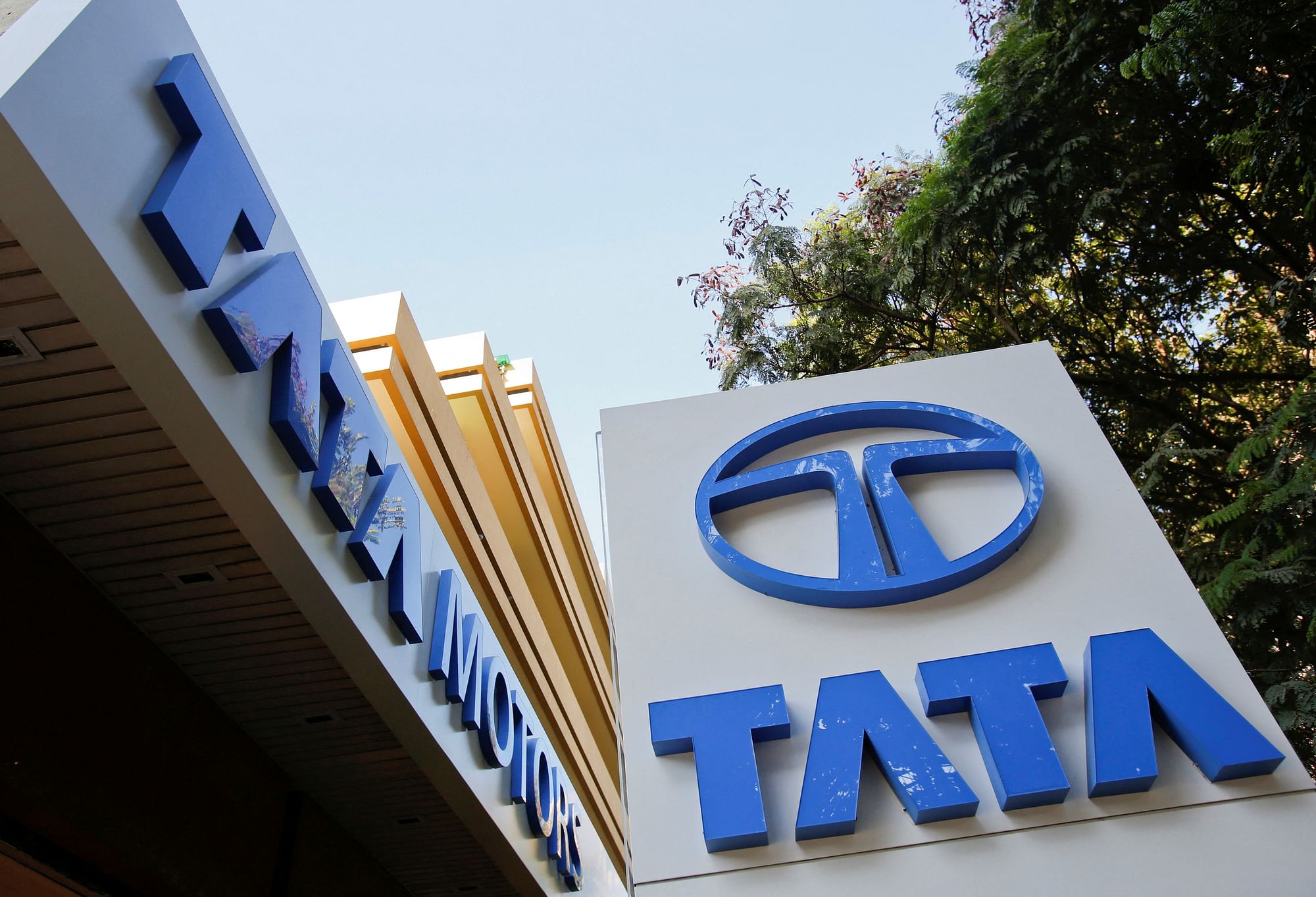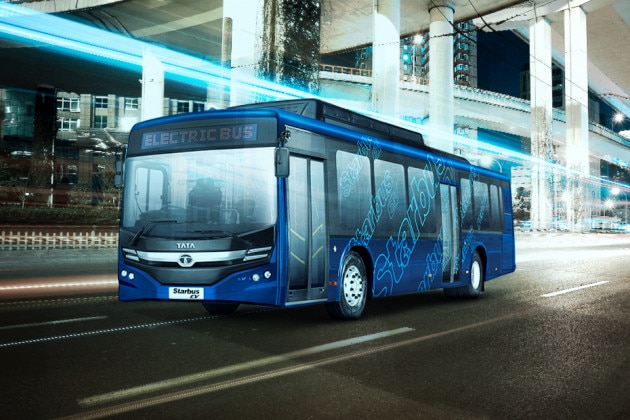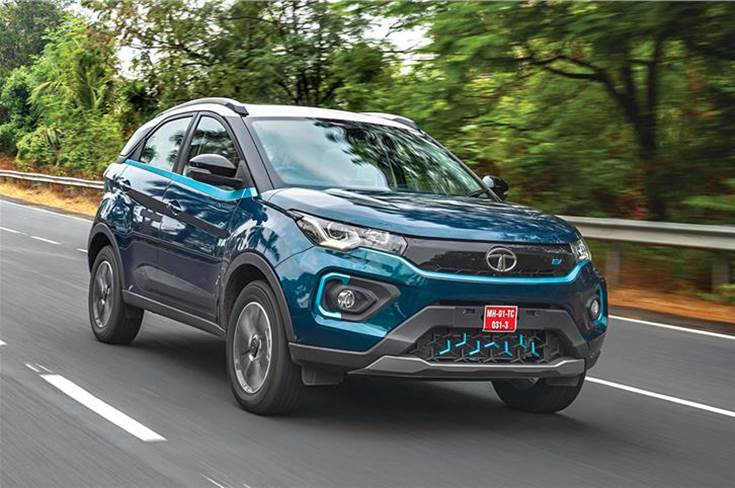The Indian car manufacturer, Tata Motors is one of the brands that never gets tired of adapting its products to switch to electrification. Its production continues to be driven to follow the growing global trend.
The results are amazing. Even though it doesn’t sound flashy like American, Japanese, Chinese or South Korean brands that are in the spotlight in the electrification world. But they still tread on the same rails and continue to innovate production.
Finally, Tata Motors announced that it has reached production of 50,000 Electric Vehicles (EV). The company has launched its 50,000th electric vehicle from its Pune, India production facility, reports Indianautoblog.
A favorable policy environment, positive news from customers, practical product choices, and good handling in production, have helped Tata Motors achieve this feat faster than its target.
To democratize electric mobility in India, Tata Motors ensures that there is an EV option for everyone. They have almost all the models. From India’s most popular SUV, the Nexon EV to its newest addition, the Tata Tiago EV, India’s first electric hatchback.
The Company’s deep understanding of the EV customer has resulted in an attractive product mix with the most relevant features, for the most practical needs in an electric vehicle unit.
To meet customer needs, Tata Motors has not only introduced features such as Multi Mode Regen and Multi Drive Mode, but also educates customers on the best way to drive their EVs for optimal range.
All of its products are powered by the high-voltage Ziptron architecture, and proven during a test run of more than 450 million km across India’s diverse and challenging terrain, providing an unrivaled and uncompromising EV experience.
While new products are being developed to meet the evolving needs of customers, Tata Motors is also offering software updates to existing EV customers, so they can enjoy an updated driving and ownership experience.
Furthermore, with the aim of making EVs easily accessible, Tata Motors has entered 80 new cities, expanded its network to more than 165 cities, and helped consumers use EVs as their personal mode of mobility.

